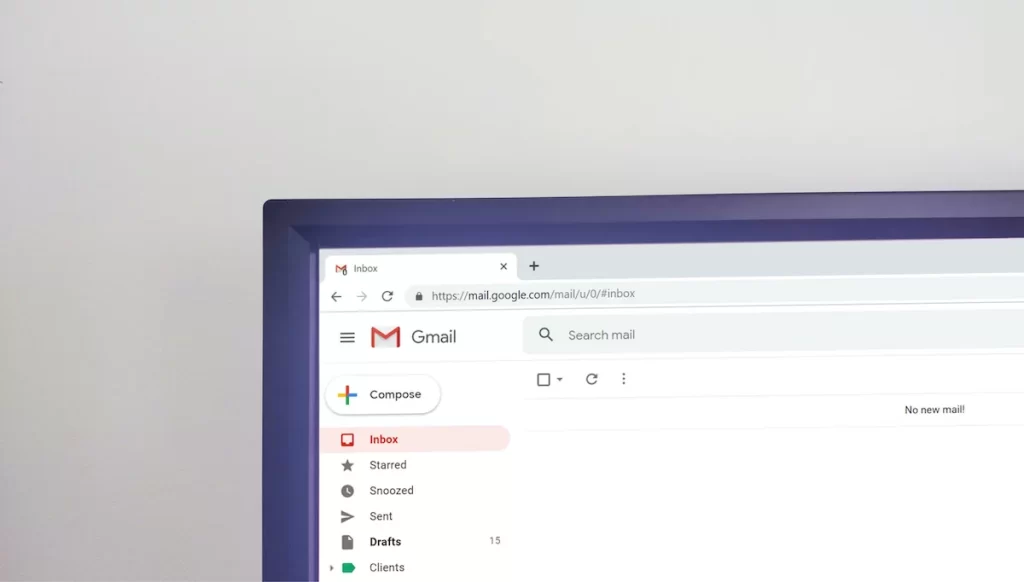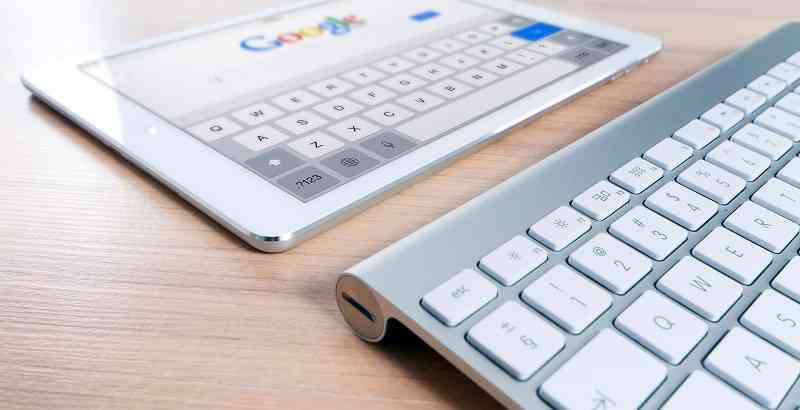Is blockchain technology or concept? That question is haunting so many people who are new to this. If you’re one of those beginners, you would need a complete explanation of the blockchain concept. So you’re going to start by understanding what exactly the blockchain core concept is.
What is the Blockchain Concept?
The original word for blockchain is blockchain which is a growing records list that is called blocks. The blocks themselves are all linked using cryptography. Every block contains the previous block’s cryptographic hash, transaction data, and timestamp. The design of the blockchain is resistant to data modification. How to describe this concept of blockchain properly?
So this blockchain is like an open and distributed ledger that is able to record the transactions done by two parties in a permanent and verifiable way. When blockchain is used as a distributed ledger, it is usually managed by a P2P network or peer-to-peer network following the internode communication protocol and validating the new blocks. What happens next?
When the data is recorded in any block, it can’t be altered without any alteration of the entire subsequent blocks. Before learning more about this concept, you better learn more about when it was born, who created it, and some other basic details about this concept.
The History of Blockchain
The conceptual model was first introduced by W. Scott Stornetta and Stuart Haber in 1991. Both of them wanted to create a system where the timestamps of the document cannot be broken. A year later in 1992, Stornetta, Haber, and also Dave Bayer completed their design with Merkle trees. The trees improve the efficiency of the blockchain by allowing one block to collect some document certificates.
But actually, there was Satoshi Nakamoto conceptualized blockchain in 2008. Nakamoto improved blockchain concept design by using a method that’s similar to the Hashcash method for the timestamp blocks. This design is then being implemented as cryptocurrency bitcoin’s core component only a year later. That design serves as the entire transactions’ public ledger.
In 2014, somewhere in August, the file size of the bitcoin blockchain that contains the entire transaction records reached around twenty gigabytes. Only a few months later, in January next year, the file size reaches thirty gigabytes. Then from the beginning of 2016 to January 2017, the file size of the bitcoin blockchain reached fifty gigabytes and then a hundred gigabytes.
By the beginning of 2020, the bitcoin blockchain’s ledger size became two hundred gigabytes. Actually, in the original paper of Satoshi Nakamoto, the words used were block and chain. But in 2016, people started mentioning blockchain, as one single word. Today everybody knows it as the blockchain.
The Structure of Blockchain
1. Blocks
The blocks hold the valid transactions’ batches that are then encoded into the Merkle tree. Every block is including a diagram of crypto trading from the previous block in the blockchain that links both of them. Linked blocks will form a chain. The iterative process will confirm the previous block’s’s integrity and then go back to the original beginning block.
2. Decentralization
Unlike centrally hold data, decentralization stores the data across the peer-to-peer network. It makes the blockchain capable to eliminate a number of risks. The decentralized system has nodes that each have a blockchain copy. Both computational trust and huge database replication maintain the data quality. Yet, the decentralized blockchain’s growth comes with centralization risk.
3. Openness
Compared to traditional records, open blockchains obviously are better since they’re user-friendly. Its meaning is though the blockchains are open to the public, they require physical access. At first, blockchain was permissionless. But then it became permission blockchain or private blockchain.
The Uses of Blockchain Concept
There are several operational products that are maturing from blockchain proof of concept. Below are some of them.
1. Crypto Exchange
Blockchain technology is used by most cryptocurrencies to record transactions. At least there is the Ethereum network and Bitcoin network that are based on this blockchain. In May 2018, even Facebook confirmed there would be a new group of blockchains opened. Libra, the cryptocurrency platform of Facebook announced formally in June 2019.
2. Smart Contracts
Smart contracts that are based on the blockchain can be fully or partially executed or even enforced with no human interaction. Smart contracts have some main objectives including automated escrow. Smart contracts that are based on blockchain technology can reduce moral hazards while optimizing contracts’ general use.
3. Financial Services
The blockchain concept is interesting for banks since this concept has good potential in speeding up the settlement systems of the back office. UBS is one of some banks that are opening new labs of research that are dedicated to the technology of blockchain. The labs are going to explore how banks can use this technology to reduce costs and increase the efficiency of financial services.
4. Video Games
In 2017, there was blockchain game named CryptoKitties finally launched. CryptoKitties demonstrated how game creators can use blockchains to create catalog digital assets or game assets.
5. Supply Chain
Some organizations have tried using blockchain in supplying both chain management and chain logistics. One of them is a tracking service that has been trying to use blockchain technology Everledger. Even IBM and Walmart ran a trial of using a monitoring system for their supply chain that is based on blockchain. Walmart administrated the entire blockchain nodes.
6. Domain Names
This one is different from the usual domain names. Domain names using blockchain become the asset of the domain owners. It can be controlled only by domain owners through a private key. Compared to other domain names, blockchain domains let you get a site that enables speech freedom since it is censorship-resistant.
The Blockchain Concept
Plus, the blockchain concept can be used in some other designs like a hyper ledger, tezos, existence proof, quorum, and DAML. The entire details of the blockchain concept have been explained. More details come in a pdf file that can be downloaded and studied if you are truly interested to know more about this concept.
Understanding every detail of blockchain is crucial since you’re about to enter something big. For example, do you know that there are several types of blockchains? There are public blockchains, private blockchains, hybrid blockchains, and sidechains. Make sure you know the differences between those blockchains.





